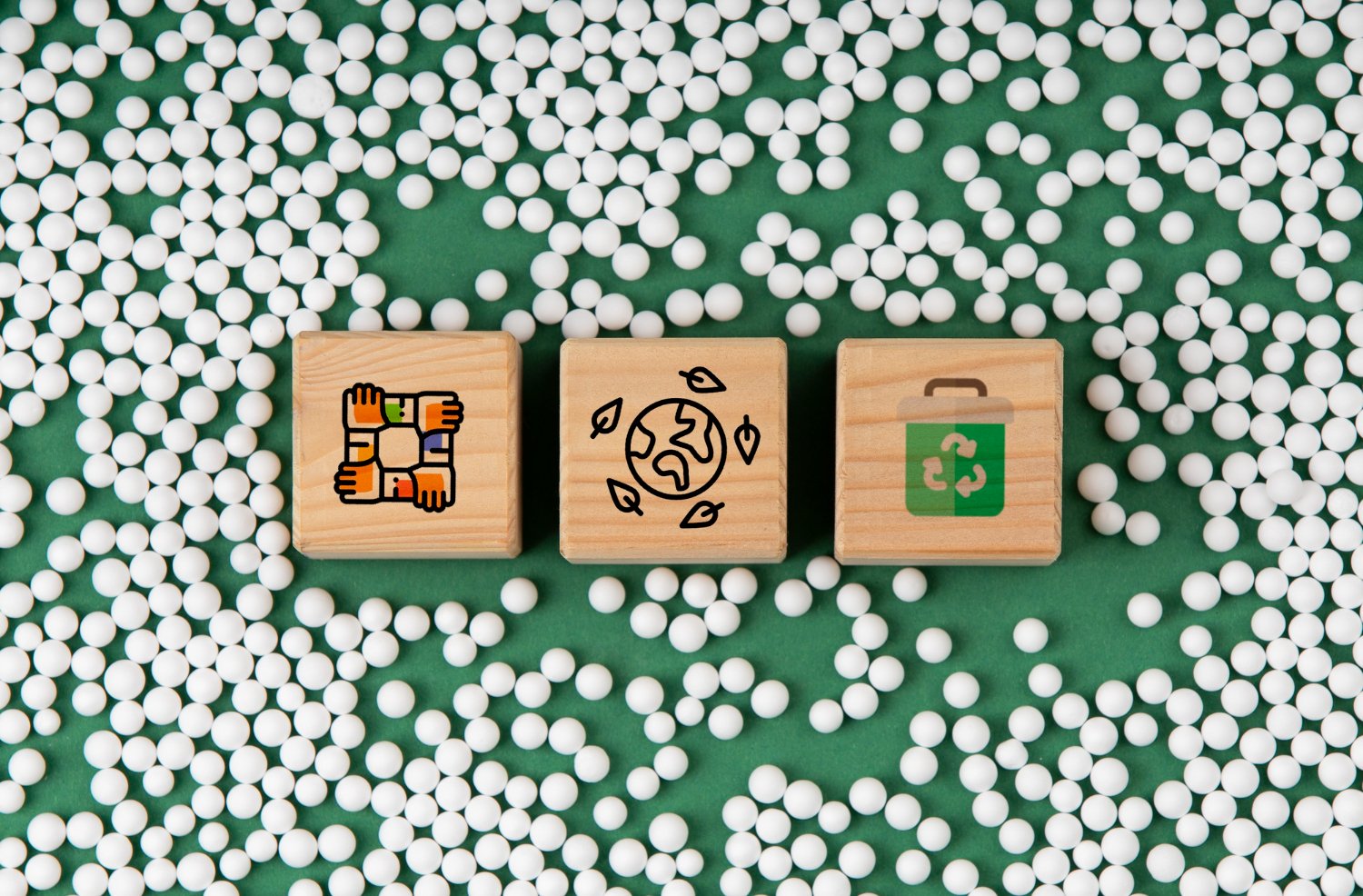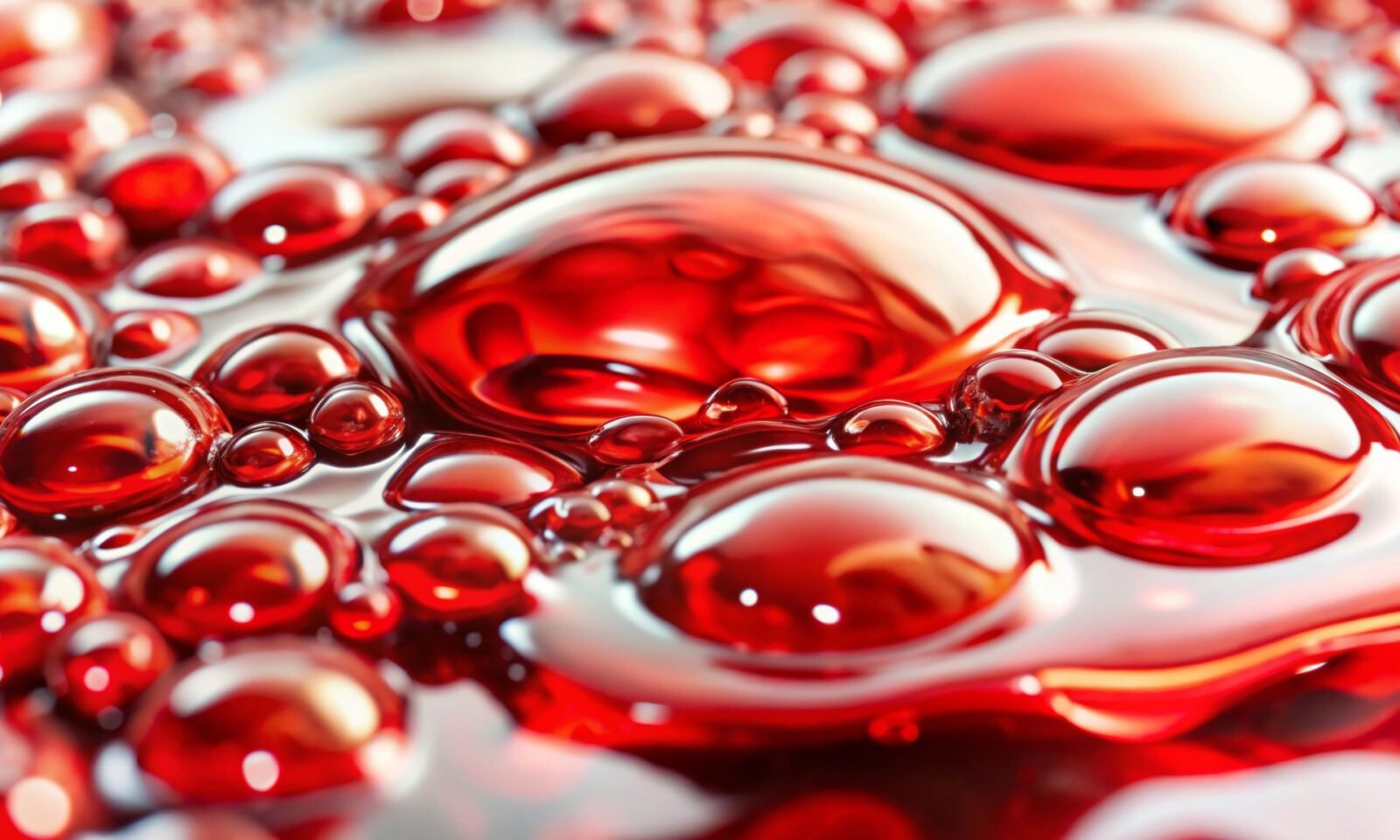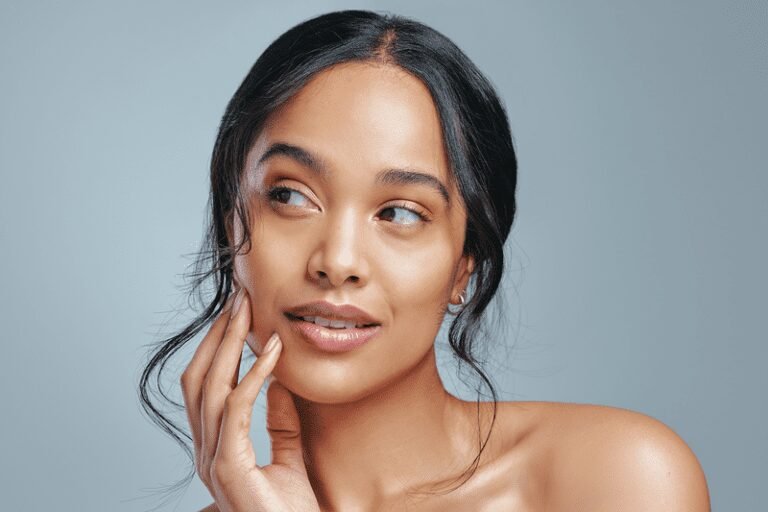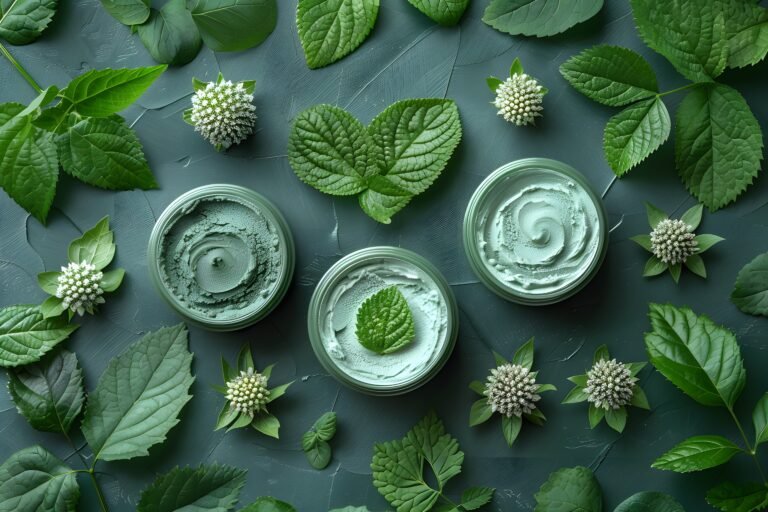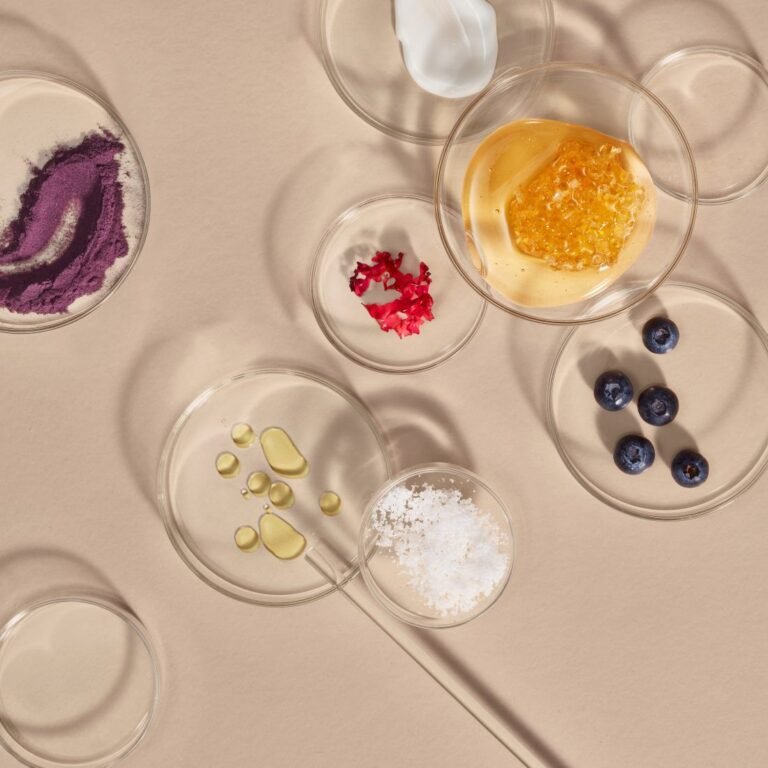Polymers shape how products look, feel, and perform. Yet traditional synthetics can persist in ecosystems, which increases pressure on brands to reformulate. Consequently, chemists are turning to biodegradable polymers in cosmetics that deliver stability, texture, and film-forming benefits while aligning with sustainability goals. This guide explains what they are, why they matter, and exactly how to integrate them into high-performance formulas—without compromises.
What “Biodegradable” Really Means in Cosmetics
Although “biodegradable” sounds simple, it is a technical concept. A polymer counts as biodegradable when microbes can break it down into benign end products under defined conditions. Because environments vary, degradation rates change across soil, freshwater, marine, industrial compost, or wastewater settings. Therefore, you should anchor claims to test methods (for example, aerobic vs. anaerobic) and communicate the context clearly on pack and B2B collateral.
In practice, cosmetic formulators prioritize polymers that degrade in common environmental scenarios and do not generate persistent microplastic fragments. As a result, biodegradable choices help future-proof portfolios while meeting customer expectations for cleaner chemistry.
Why Replace Legacy Polymers in the First Place?
Traditional film formers and rheology modifiers built our category’s sensorial signatures—silky slip, waterproof wear, and glossy finishes. However, several legacy polymers resist breakdown and can accumulate as microplastics. Meanwhile, retailers, consumers, and many procurement teams now favor “microplastic-free” statements. Therefore, the switch to biodegradable polymers in cosmetics is both a risk-management move and a brand-building opportunity. Done right, you keep payoff while upgrading the story.
Core Classes of Biodegradable Polymers for Formulators
Multiple families can replace persistent options. Each class brings distinct rheology, film characteristics, and compatibility windows.
Pullulan: Breathable Film Former
Pullulan, a fermentation-derived polysaccharide, creates thin, transparent, oxygen-permeable films. Because it dries quickly without tightness, it suits lifting serums, sheet-mask essences, and makeup primers. Moreover, pullulan pairs well with humectants and short-chain polyols, which enhances spread and reduces tack.
- Use level: 0.2–2.0% in serums and mists; up to ~5% in masks.
- Pros: Clean feel, instant tightening, clarity.
- Watchouts: High salt or low pH may thin the film—buffer and trial.
Alginates: Hydrogels with Cooling Payoff
Seaweed-derived alginates (sodium alginate, propylene glycol alginate) form ion-responsive gels. Consequently, they shine in soothing masks, after-sun, and scalp gels. Calcium crosslinking builds structure without heavy waxes, while shear-thinning supports elegant pump or dropper delivery.
- Use level: 0.2–1.0% as a thickener; higher for mask gels.
- Pros: Cooling sensorial, electrolyte compatibility, stable viscosity.
- Watchouts: High calcium can over-gel; balance with chelators.
Starch Derivatives: Mattifying and Sensory Control
Modified starches (rice, corn, tapioca) provide oil absorbency and soft-focus effects in powders and hybrid liquids. Because they reduce shine without dryness, they work in mineral SPF, blurring primers, and dry shampoos. In addition, cold-processable grades simplify manufacturing.
- Use level: 1–10% depending on format.
- Pros: Matte finish, softness, cost-effective.
- Watchouts: Pick low-odor, low-microbial grades; add antioxidants with unsaturated oils.
Cellulose and Hemicellulose Derivatives: Workhorse Rheology
Cellulose ethers (HPMC, HEC) and xanthan/guar provide stable viscosity across pH and surfactant loads. Therefore, they anchor cleansers, body washes, and leave-on gels where clarity and pumpability matter. Blending cellulose with xanthan often improves yield stress and suspension without stickiness.
- Use level: 0.2–1.0% typical; optimize by shear profile.
- Pros: Broad tolerance, clarity options, supply scale.
- Watchouts: High-electrolyte systems may need co-thickeners.
Chitosan: Conditioning and Film-Forming
Chitosan, derived from chitin, offers cationic charge, which enhances deposition on hair and skin. Consequently, it boosts combability, reduces frizz, and adds lightweight hold in natural styling products. Because it is cationic, it also pairs with anionic partners to form complex coacervates for rinse-off conditioning.
- Use level: 0.1–1.0% active.
- Pros: Conditioning, antimicrobial support, clear films.
- Watchouts: Solubility depends on pH; keep mildly acidic.
Biodegradable Polyesters (PLA, PHA families): Structure and Wear
Polylactic acid (PLA) micro-spheres and polyhydroxyalkanoates (PHAs) can provide scrubbing, structure, or film integrity. Because they degrade under defined conditions, they replace persistent beads and certain wear-boosting additives in color or SPF. Additionally, PHAs show skin-friendly profiles at low levels.
- Use level: format-dependent (beads 1–5%; wear modifiers 0.5–2%).
- Pros: Mechanical strength, defined particle sizing.
- Watchouts: Validate dispersion to avoid sedimentation or nozzle clogging.
Designing Textures with Biodegradable Polymers in Cosmetics
Great sustainability still needs great sensorials. Therefore, start with the target experience and back-solve the polymer blend.
Featherlight Serums
Combine low-dose pullulan for lift, cellulose for flow control, and a touch of glycols for glide. If you need slip without silicone, add short-chain esters and a small amount of hydrogenated lecithin. As a result, you get fast-drying, glassy spread without residue.
Hydrogel Masks and Patches
Build an alginate network, then tune firmness with calcium and humectants. Because humectant ratios change water activity, test transepidermal water loss (TEWL) to balance comfort and occlusion. In addition, a micro-dose of pullulan sharpens the film finish.
SPF and Daily Wear
For mineral SPF, starch derivatives improve sebum control while cellulose maintains pumpability. Meanwhile, a biodegradable polyester wear-modifier boosts rub-off resistance. Therefore, you can hit high UVA/UVB performance with pleasant wear and a strong sustainability claim.
Color Cosmetics
In mascaras and liners, replace persistent film formers with pullulan-cellulose systems and a biodegradable polyester co-binder. Consequently, you keep curl and transfer-resistance while improving removability with gentle cleansers.
Hair and Scalp
Blend cationic chitosan for conditioning with alginate for light hold. Because scalp sensorial matters, avoid heavy wax loads and favor water-light gels. Add natural polyols and amino acid humectants for flexible, non-crunchy styling.
Stability, Compatibility, and Processing Tips
- Hydration sequence matters: Pre-disperse gums in glycerin or a compatible carrier to avoid fisheyes. Then hydrate under high-shear before adding electrolytes.
- pH windows: Cellulose ethers tolerate wide ranges; chitosan prefers ~pH 5–6; alginates gel as calcium rises. Therefore, map your pH journey before scale-up.
- Electrolytes and actives: Vitamin C salts, niacinamide, and mineral UV filters change ionic strength. Consequently, pair with robust thickeners or add co-stabilizers.
- Preservation strategy: Polysaccharides can nourish microbes. Select broad-spectrum, polymer-friendly systems and verify via PET/Challenge testing.
- Shear profile: Many bio-polymers are shear-thinning. Therefore, tune filling speeds to protect structure and air content.
Performance Benchmarks: How to Prove “No Compromise”
Marketing wins when data backs the story. Consequently, align your claims with measurable tests:
- Rheology: Viscosity at multiple shear rates, yield stress, and recovery profiles show stability and spread.
- Film and wear: Rub-off, transfer, and water-resistance panels demonstrate parity with legacy polymers.
- Sensory and cosmetic outcomes: Expert panels rate glide, tack, residue, and finish; consumers validate preference.
- Skin benefits: TEWL, hydration (corneometry), and oil-control tests connect polymer choice to outcomes.
- Removal: Cleansing efficiency tests confirm easy rinse-off—a hidden delight for users.
Claim Support and Clear Communication
Because “biodegradable” can be misunderstood, anchor copy to test context. For example, you might say: “Formulated with biodegradable film formers tested under aerobic conditions.” Additionally, avoid implying a product biodegrades in-use on skin; focus on the polymer’s end-of-life behavior. Therefore, coordinate with regulatory and legal teams before finalizing pack claims.
Cost, Supply, and Scale Considerations
Not all biopolymers cost the same as their synthetic predecessors. However, total cost of formulation often balances out. As you swap ingredients, you may lower silicone or petrolatum use, simplify emulsifier systems, or reduce thickener loadings. In addition, fermentation-based inputs (pullulan, certain celluloses) scale efficiently and deliver consistent quality. Consequently, you can meet margin targets while upgrading sustainability metrics.
Packaging Synergy: Complete the Sustainability Story
Formula changes land better when packaging supports them. Therefore, consider recyclable pumps, mono-material tubes, or glass for serums. Moreover, validate compatibility between bio-polymers and liners or wipers to avoid stringing or clogging. Because users notice dosing behavior immediately, a smooth first pump reinforces the premium feel of biodegradable systems.
Regulatory and Retail Readiness
Retail partners increasingly request “microplastic-free” declarations and restricted-substance attestations. As a result, a single-page technical note that lists your biodegradable polymers in cosmetics, their function, and their test context saves weeks in onboarding. Furthermore, training your sales and education teams to explain the difference between “compostable,” “readily biodegradable,” and “marine-degradable” prevents confusion down the line.
Roadmap: How to Convert a Portfolio at Speed
- Map exposure: Identify formulas that rely on persistent polymers for film, structure, or slip.
- Segment by format: Split into leave-on face, color, hair, body, SPF, and rinse-off to design targeted polymer stacks.
- Prototype in trios: Build three versions—film-centric, rheology-centric, and hybrid—to compare performance head-to-head.
- Test aggressively: Run accelerated, freeze-thaw, wear, and removal tests early to avoid surprises.
- Lock claims: Align biodegradable language with validated methods; prepare retailer documentation packs.
Because this framework reuses learning across categories, teams convert faster and maintain consistent sensorial signatures across the brand.
Future Directions: Smarter, Stronger, Still Biodegradable
Innovation continues. Enzyme-cleavable linkers, responsive gels, and next-gen fermentation grades will push performance further. Moreover, hybrid systems that layer a pullulan top-film over a cellulose/xanthan base already rival legacy waterproof finishes. Therefore, expect fewer trade-offs and more “wow” moments as suppliers expand portfolios.
Explore Active Ingredients for Biodegradable Formulation
Grand Ingredients supports formulators with biodegradable film formers, rheology systems, and conditioners that deliver premium sensorials and verified sustainability stories.
- Explore Active Ingredients for polymer and texture solutions tailored to clean, high-performance builds.
Bottom line: You don’t have to choose between performance and planet. With the right selection and testing, biodegradable polymers in cosmetics create luxurious textures, durable films, and memorable wear—while advancing your sustainability roadmap.
Frequently Asked Questions
What are biodegradable polymers in cosmetics?
They are film formers and thickeners that microbes can break down into benign end products under defined conditions. Examples include pullulan, alginates, starch derivatives, cellulose ethers, chitosan, and certain biodegradable polyesters.
Do biodegradable options match performance?
Yes. Blends of pullulan, cellulose, and starch deliver elegant spread, hold, and matte control. In addition, biodegradable polyesters can boost wear in SPF and color while remaining removable with gentle cleansers.
How should I test and support claims?
Pair rheology and wear tests with validated biodegradation methods. Then state the context (for example, aerobic test conditions) clearly in technical sheets and retailer documentation.
Will switching increase costs?
It depends on the system. However, you can offset raw material deltas by simplifying emulsifiers, reducing silicone content, and improving fill efficiency. Consequently, many teams land on cost parity at scale.

